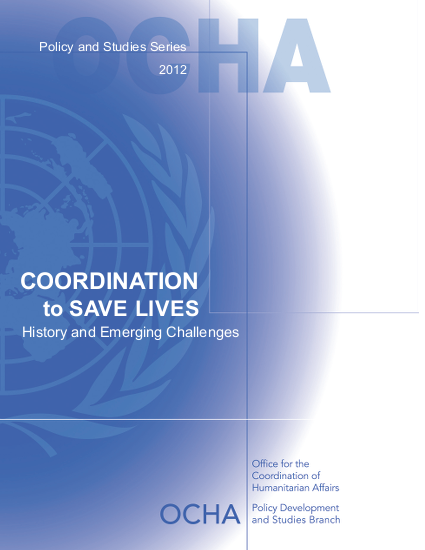
Over the two decades since General Assembly Resolution 46/182 was passed, the multilateral coordination system, including the Office for the Coordination of Humanitarian Affairs (OCHA), has adapted to rapidly changing circumstances. The Emergency Relief Coordinator and the Inter-Agency Standing Committee (IASC), the Consolidated Appeals Process (CAP) and the Central Emergency Response Fund (CERF) remain the cornerstones of humanitarian coordination. But the number of people in need of humanitarian assistance has grown significantly; the number of people targeted for humanitarian assistance through the CAP has almost doubled in the past decade. Looking ahead, humanitarian needs are expected to continue to rise in the coming decades, because of an increase in the frequency and intensity of natural disasters, rapid population growth, urbanization, rising food prices and other global trends. The increase should be mitigated by continued economic growth in many of the countries most likely to be affected by disasters, making them better able to prepare and respond and to reduce their vulnerability to the impact of shocks. However, this study concludes that overall, additional needs will outweigh improved coping capacities.